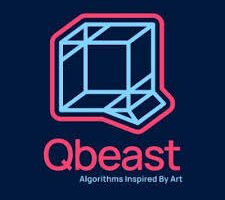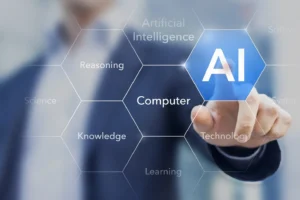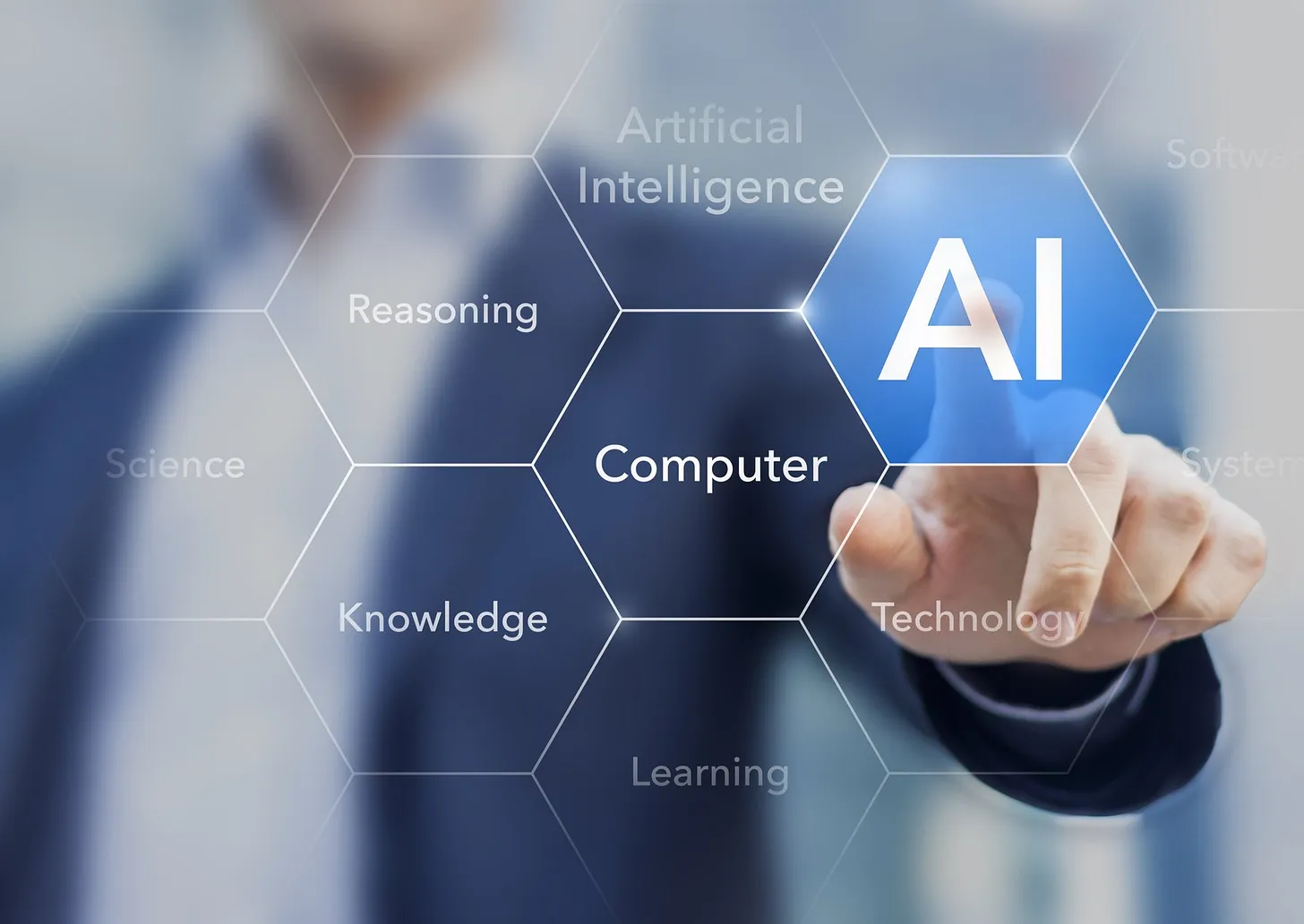The rise of artificial intelligence has created a worldwide conversation about the future of work. Will AI be a job killer, leaving millions of people unemployed? Or will it be a powerful new tool that creates exciting new jobs and opportunities? Experts are weighing in, and the answers are more complex than you might think. What’s clear is that the job market is headed for a massive shake-up, and understanding these changes is vital for everyone, from students planning their careers to seasoned professionals looking to stay ahead.
The main question is, “Will AI kill a million jobs or create more?” The data suggests that AI will actually create a net gain of millions of new jobs. A powerful report from the World Economic Forum’s “Future of Jobs Report 2025” projects that while AI could displace a staggering 92 million jobs, it is also expected to create an even larger number: 170 million new jobs. This results in a net gain of 78 million jobs globally. This key finding challenges the popular fear that AI will simply wipe out the workforce and shows that the future of work isn’t about AI replacing humans, but about humans and AI working together.
The Great Job Transformation: A Shift in Skills
It’s becoming clear that AI won’t just get rid of jobs; it will change them completely. The roles that are most at risk of being replaced are those that involve simple, repetitive tasks that a machine can easily learn to do. This includes things like clerical work, data entry, and other tasks that don’t require much human creativity or critical thinking.
But as these jobs change or go away, new ones will be created. The World Economic Forum report points to a big shift toward roles that require skills that AI doesn’t have. These jobs are often in fields like healthcare, where caring for people is a central part of the work, and education, where a human teacher’s guidance and empathy are irreplaceable. There will also be a huge demand for new jobs in the AI field itself, such as data scientists, AI ethicists, and machine learning specialists.
This transformation means that “upskilling” is more important than ever. Upskilling is the process of learning new skills to meet the needs of the changing job market. Workers of all ages will need to be ready and willing to learn new things to stay relevant and take advantage of these new opportunities. It’s a shift from the old idea of having one job for life to a new model of continuous learning and growth.
The Role of Human-AI Collaboration
The real story isn’t about humans versus AI, but about human-AI collaboration. This means AI and humans working together, each using their own unique strengths. Think of it like a new tool. A carpenter uses a power saw to work faster, but the carpenter still has to have the skill and creativity to design and build the finished product.
In the future workplace, AI will handle the routine, tedious tasks, freeing up people to focus on more complex work that requires human skills. This includes things like problem-solving, creative thinking, and emotional intelligence—things that AI simply can’t do. For example, an AI might be able to read thousands of legal documents in seconds, but a human lawyer is still needed to understand the emotions of a case, negotiate with other people, and make a strong, human argument. This new way of working will change what it means to be productive, putting a higher value on uniquely human talents.
A Look at the Most and Least Vulnerable Jobs
To understand which jobs are most likely to be changed by AI, a Microsoft analysis of 200,000 AI conversations provides some interesting insights. The study looked at how often AI is used in different jobs and how well it performs those tasks. They gave each job an “AI applicability score” to show how likely AI is to be used in that field.
Jobs that scored the highest, meaning they are most likely to be affected by AI, are those that involve knowledge work and communication. This includes:
- Interpreters and Translators: AI can quickly translate languages and even understand different dialects.
- Writers and Authors: AI can help with outlining, drafting, and editing content.
- Customer Service Representatives: AI chatbots can handle a large percentage of common customer questions.
On the other hand, the jobs with the lowest AI applicability scores are those that require physical skills and a personal, human touch. These are the jobs that AI finds the hardest to do, and they include:
- Phlebotomists (people who draw blood): This job requires physical dexterity, a steady hand, and the ability to interact with patients.
- Massage Therapists: This job is all about human touch, physical skill, and a personal connection with the client.
- Housekeepers: This job requires physical movement, problem-solving in a physical space, and manual labor.
This research shows that jobs that are safe from AI are often those that require a physical presence and a real connection with other people.
What’s Next for the Future of Work?
The message from the experts is clear: AI is not a tidal wave coming to wash away our jobs, but a powerful new tool that will change how we do things. The future of work will be shaped by our ability to adapt, learn new skills, and embrace collaboration with AI.
Companies and workers will need to invest in new training and education to make sure they can take advantage of the new jobs being created. The best strategy isn’t to be afraid of AI, but to understand it, learn how to use it, and focus on the skills that make us uniquely human. The job market is changing rapidly, and for those who are ready to evolve with it, the future looks bright with new possibilities.
This article was written with the assistance of the Gemini AI model.



